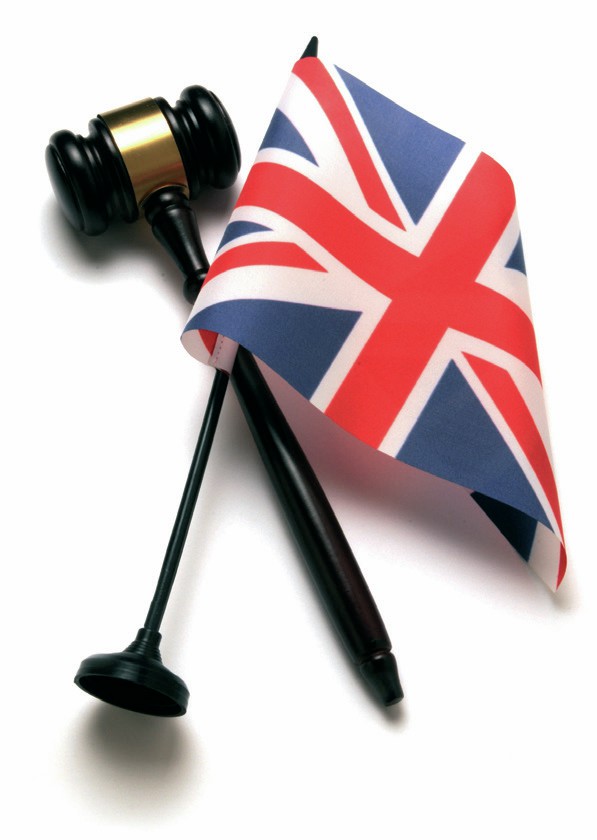
In the UK, as in the USA, there have been too many miscarriages of justice resulting from the mistaken identification of a defendant. We are not concerned here with a witness deliberately making a wrongful identification, but an honest witness, usually genuinely confident that they have correctly identified the perpetrator, identifying the wrong person.
When identity is in issue in an English court, the Turnbull guidelines [Turnbull (1976) 63 Cr App R. 132] should be followed: 1 Whenever the case against an accused depends wholly or substantially on the accuracy of one or more identifications of the accused which the defence alleges to be mistaken, there is a special need for caution before convicting the accused on those identifications. 2 The circumstances in which the identification by each witness came to be made should be examined closely. How long did the witness have the accused under observation? At what distance? In what light? Was the observation impeded in any way, for example by passing traffic or a press of people? Had the witness ever seen the accused before? How often? If only occasionally, had he any special reason to remember? How long elapsed between the original observation and the subsequent identification to the police? Was there any material discrepancy between the description of the accused given to the police by the witness when first seen by him and the actual appearance of the defendant? 3 Any special weakness in the identification evidence should be considered.
Your organisation does not have access to this article.
Sign up today to give your students the edge they need to achieve their best grades with subject expertise
Subscribe



